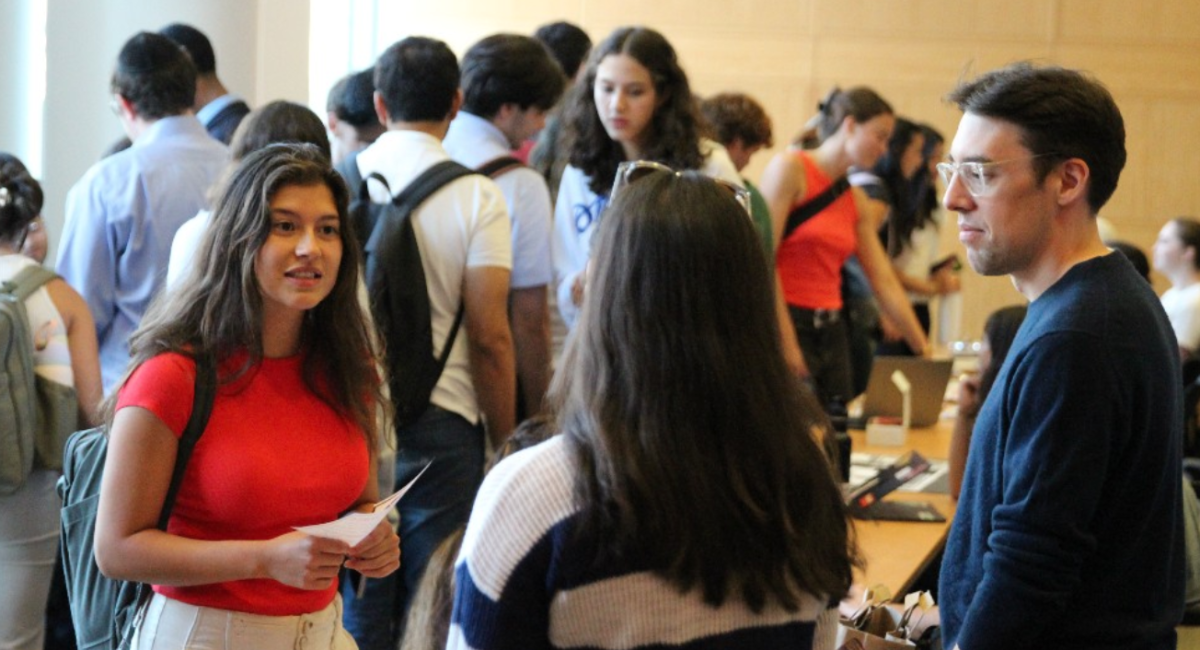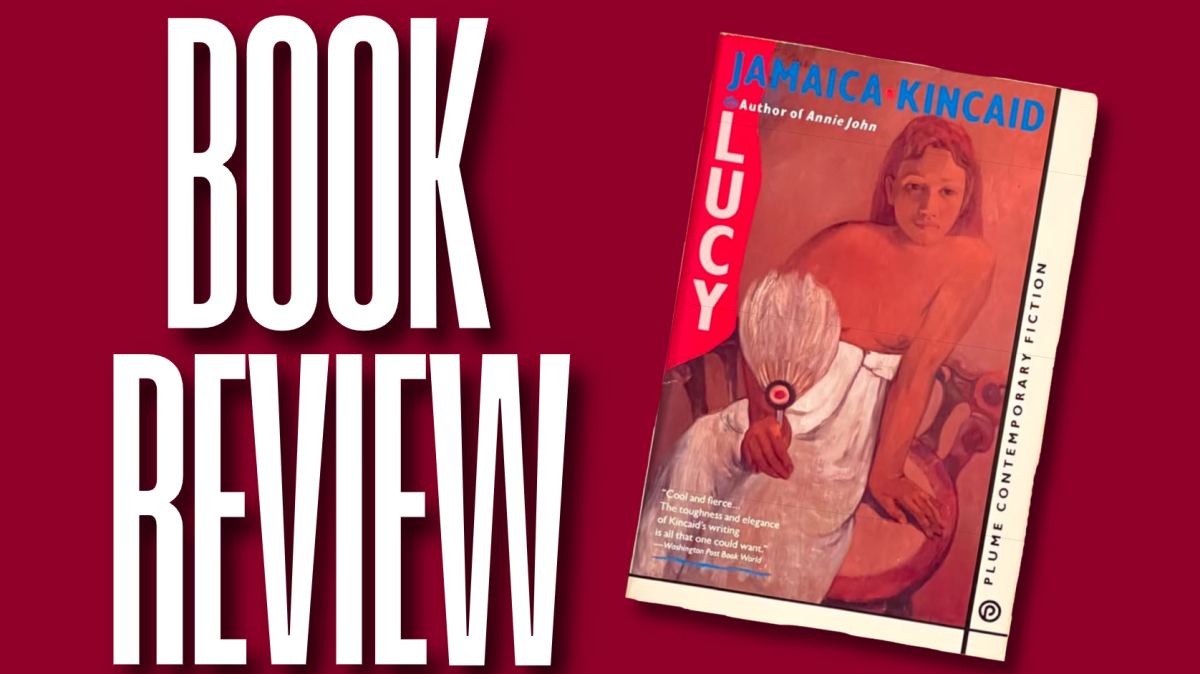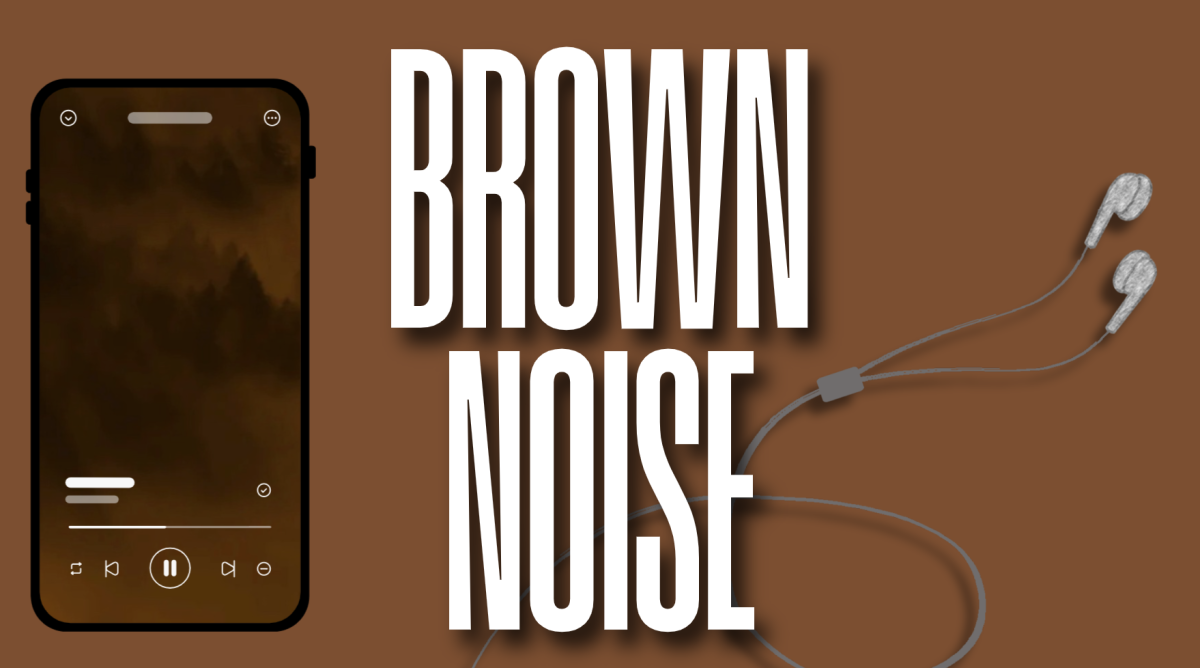My first week or so in Spain, I was a jetlagged insomniac. My brain filled up with fog during long days of being pinballed between tedious orientation meetings and late nights out. These were punctuated by a couple hours of sleep on the dictionary-like pillow that met me upon my arrival at La Residencia, then a few more hours of lying awake blanketed by the heavy air of Granada’s end-of-summer climate. This marathon week left me overstimulated and out of balance. Like I was walking around with one of my legs several inches longer than the other:wobbling and unfocused. None of this is to say that I didn’t enjoy this time. Besides, I know better than to complain about something as trivial and inevitable as jet lag. What I’m really trying to get at is the idea of balance in a lifestyle. When I was launched out of my quiet summer rhythm and into a radically new setting, I, predictably, didn’t quite stick the landing.
Six consecutive nights of being vexed by my new time zone and it was time for a hard reset of my system. I tightened the laces on my shoes that most resemble running shoes and set out to exhaust myself. Sometimes an iPhone screen gets frozen, meaning it goes unresponsive and refuses to rest. You fix this by pressing down on the buttons in a certain way until the phone is forced to power down. That’s kind of like what I was trying to do here — a technical input that tells my body in no uncertain terms that it’s time to shut off. So after running up and down the park by the river for long enough, draining what little battery I had left, my body started to get the message and my overactive internal monologue finally shut up as my lungs and legs protested too much to be ignored, granting me a piece of the quiet I was missing. Breathing heavily, I walked home, showered and collapsed into my first siesta.
The late afternoon sunlight soaked through our perforated blinds, stained the room gold and found me vibrantly recalibrated.
A siesta, if you didn’t know, is like a nap. I say like a nap because naps are for individual people, but a siesta is more like when a whole city yawns, stretches and lays down to rest. I mean, seriously, practically everything is closed. Barbershops, offices, restaurants, corner stores, you name it. To hammer the point home, most business entrances are guarded by a persuasive metal garage door that might as well just tell you to pack it up and go home. Even the gym stops operating from 3 p.m. to 4 p.m., or 15:00 to 16:00, rather. I’m really perplexed by that one because there are just machines and weights in there, so the place runs itself. Naps in the U.S. are encouraged as an optional, healthy practice. In Spain, naps are enforced, and they do just about everything short of actually shooting you with a tranquilizer dart.
This city-wide inertia carves out a kind of vacuum in the day. Aristotle said that “nature abhors a vacuum,” and the siesta vacuum is no exception. That void in the city’s schedule has to be filled with something, and usually it’s sleep. Early mornings and long classes are almost invariably followed by big lunches and some sort of nap. With nothing to keep me outside, my bed takes on the character of a black hole, its gravity pulling me into a slumber.
These siestas (for me at least) are far from uniform. Each day breaks from typical patterns in any number of ways, leading my method of recharging to vary.
I might get out of class early, pick up some empanadas on the way back home, then eat a late lunch. These two lunches are usually enough to knock me out for a full 90-minute sleep cycle — dreams and everything. After naps like this I return to consciousness dazed but refreshed, and 15 minutes later I’m ready for the culturally mandated second half of the day.
If I’ve slept well the previous night, I’ll usually read something or watch Netflix, postponing and sometimes even foregoing my siesta. Having extra time in the middle of the day to something simple and easily enjoyable, and relaxing adds a dimension of freedom to your lifestyle. Approached with the right mindset, this can be a game changer in terms of energy and contentment.
Other days I might get a comically small cup of coffee from the café across the street. Usually two because they’re so miniature here. When I try to sleep with caffeine in my system the results are mixed. If I’m lucky, I’ll close my eyes and lay down, then sink a layer or two below consciousness but not all the way into deep sleep. If not, I close my eyes, but my thoughts stay active, like if you were to close a refrigerator door but the light inside stayed on. When this happens, I usually listen to my favorite music and reap the aforementioned enriching benefits of relaxation sandwiched between daily responsibilities.
If you’re not careful you can lose control of a siesta. It’s important not to overdo it. There’s always the very real risk of waking up at 6 p.m. sweaty and disoriented, like Lazarus groaning on the way out of his tomb. For this reason I make a point of never crawling all the way under the covers, and I usually set an alarm or timer.
On some occasions I lay down to listen to music, not intending to fall asleep at all, and wake up an hour later with a head full of lyrics and ears hot from being smothered by the cushions on my noise-canceling headphones.
All these variables and nap archetypes of course, are arbitrary, anecdotal and far from all-encompassing. My different nap behaviors are more subconscious than intentional — I don’t want to create the impression that I have some methodical, elaborate siesta system. Rather, these habits are the automatic ways that my system balances itself out and has adjusted to a world where naps are woven into the fabric of society. When rest is prioritized like it is here in Spain, weekdays are granted an air of lightness. Productivity doesn’t wane much (it may even improve), and the world feels more breathable.
Coming to Granada after living and studying in New York for the last two years was a jarring change of pace. I’m hardly the first to comment on the U.S.’ deeply entrenched hustle culture, where for many work eclipses other aspects of life, trapping them in a productivity neurosis.
Spain’s work culture, embodied by the siesta, is antithetical to our grind culture. In the same way that exiting the highway and driving onto an arterial feels painfully slow at first, it can be frustrating to pump the brakes on productivity. After some time though, driving a comfortable 30 mph doesn’t feel too bad. A deliberate break in the day balances and invigorates your life in a way conducive to well being. I’m not sure if when I return home I’ll fully incorporate the siesta into my day-to-day life, but I’ll make sure to take it easy every day with some purposeful rest. Slowing down and taking time to appreciate something simple might not always be your first instinct, but more often than not it’s the best thing you can do.








































































































































































































Jess • Dec 8, 2023 at 10:59 pm
I’m gonna take a little siesta tomorrow